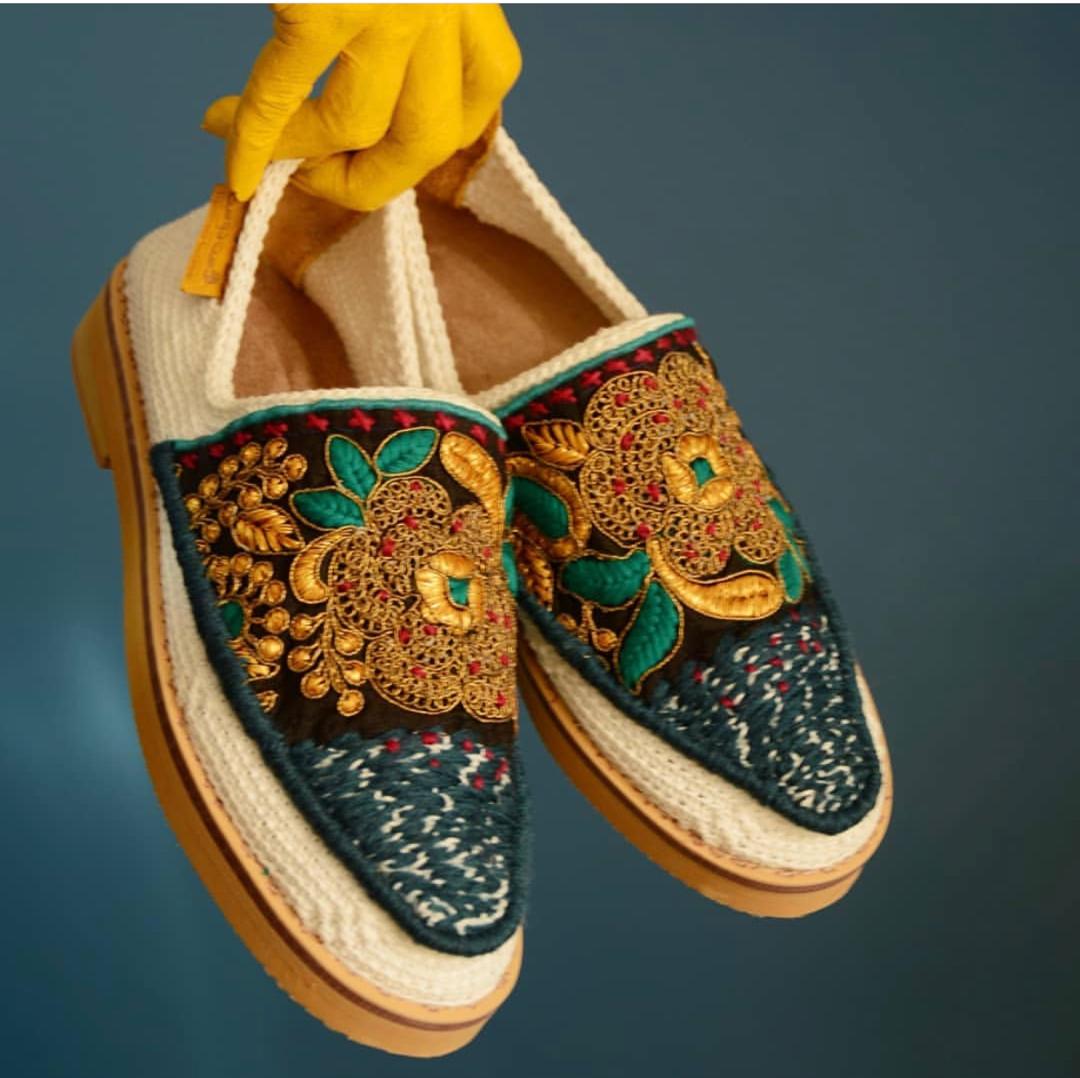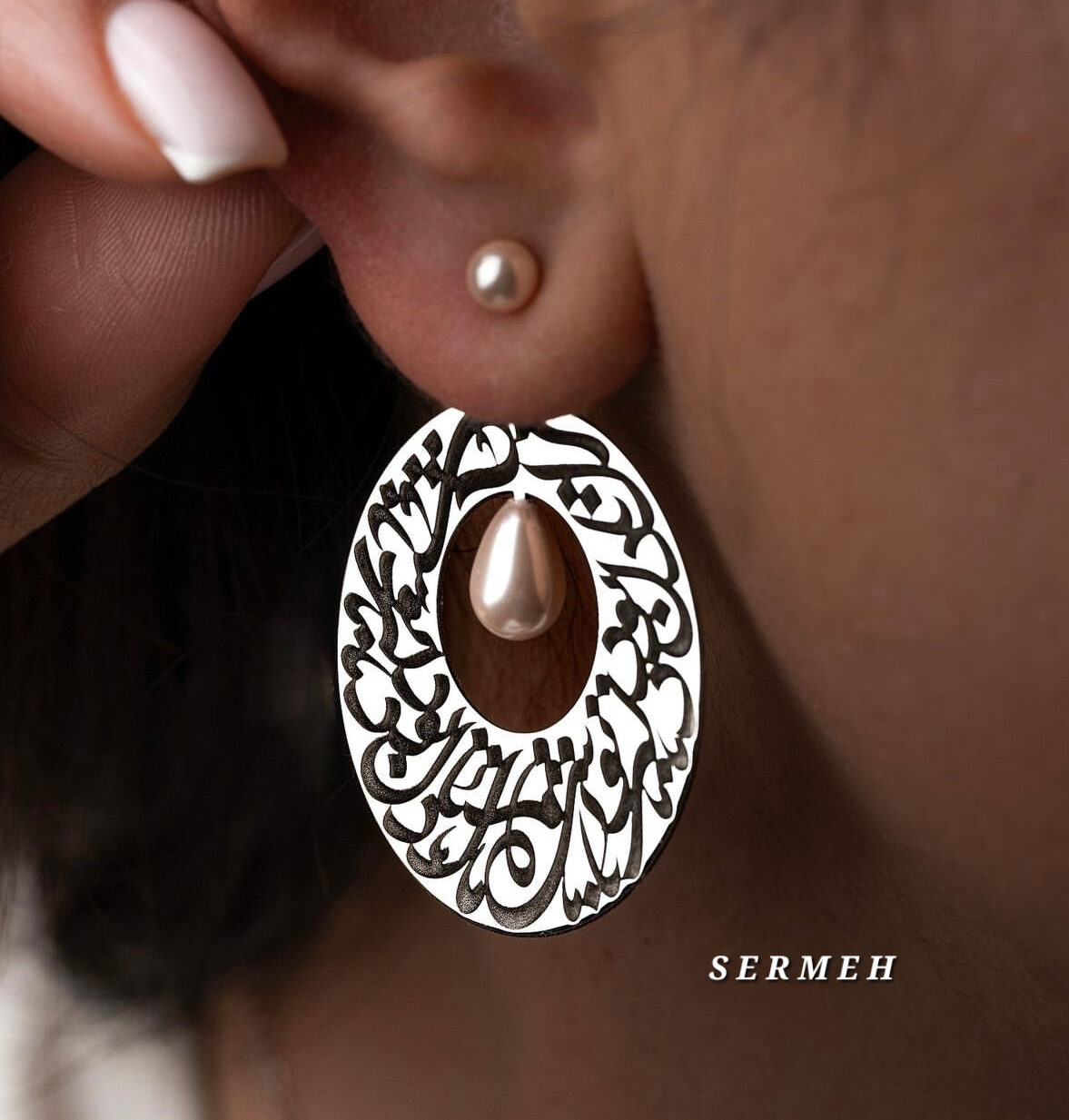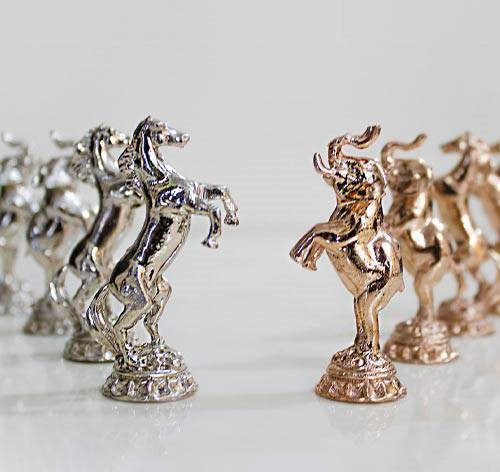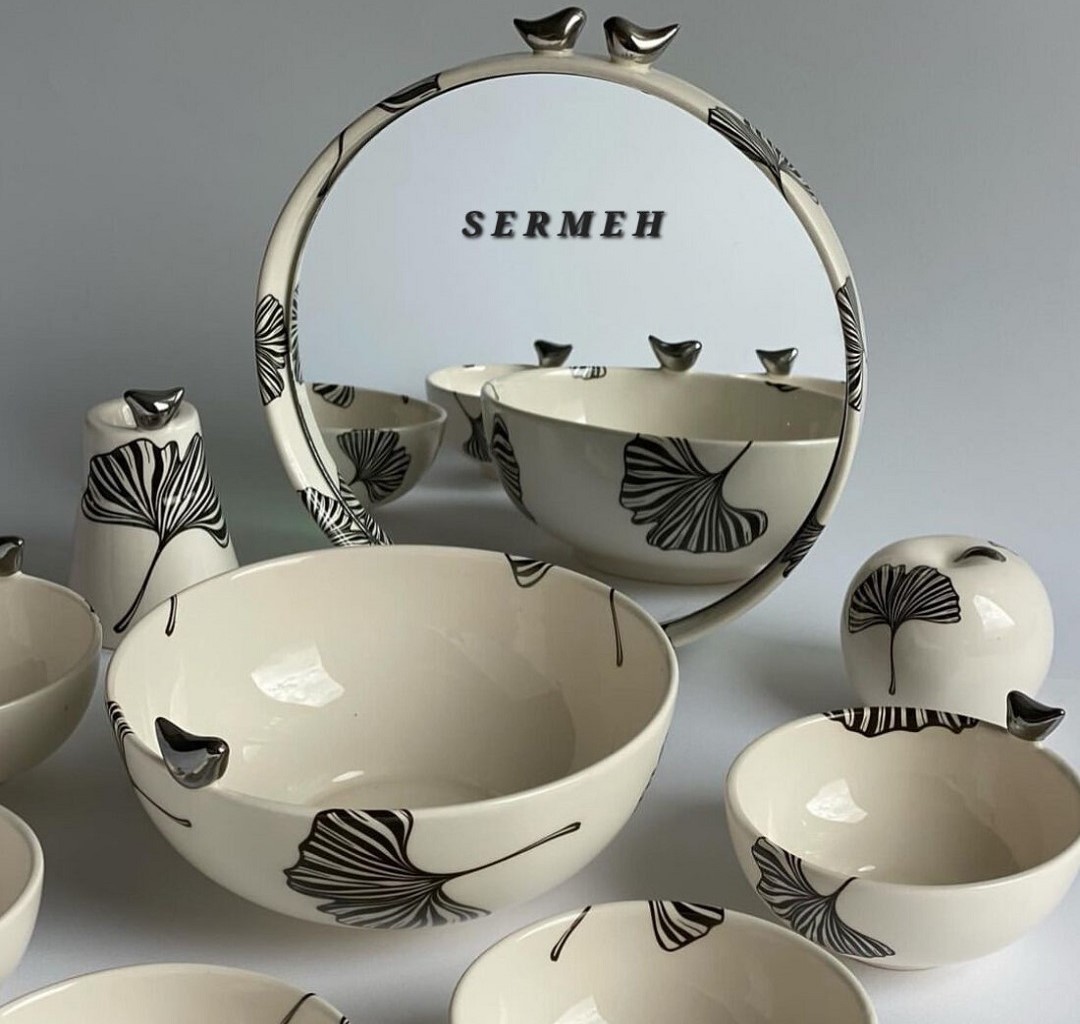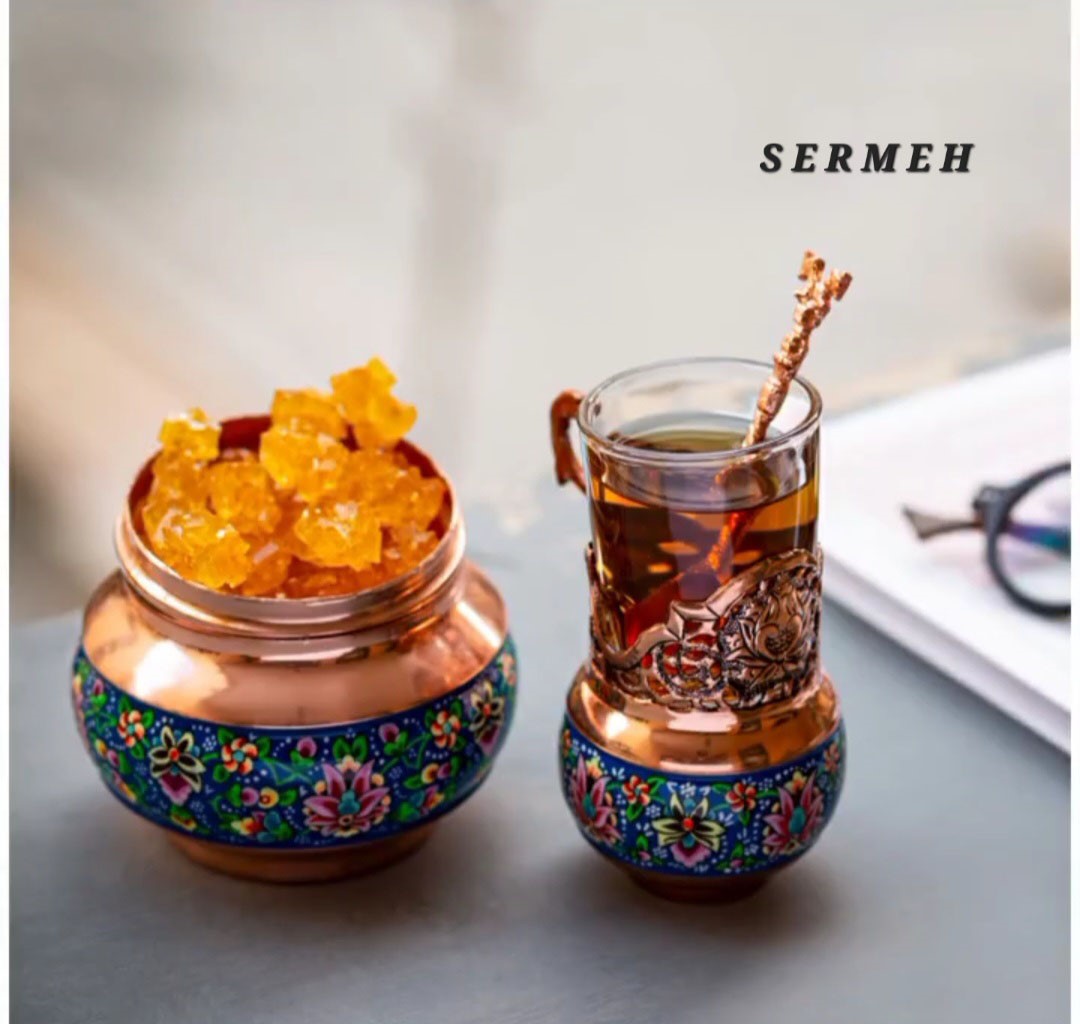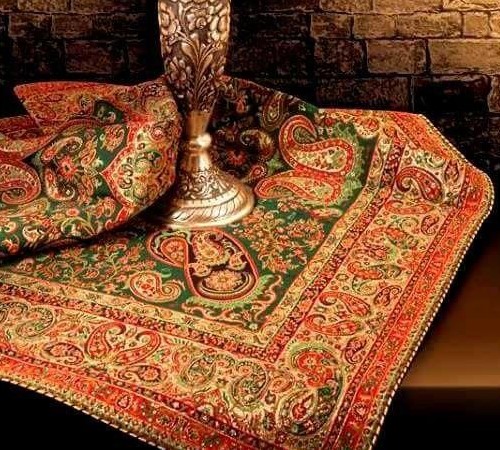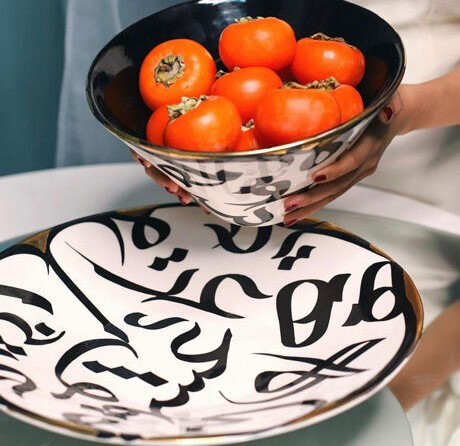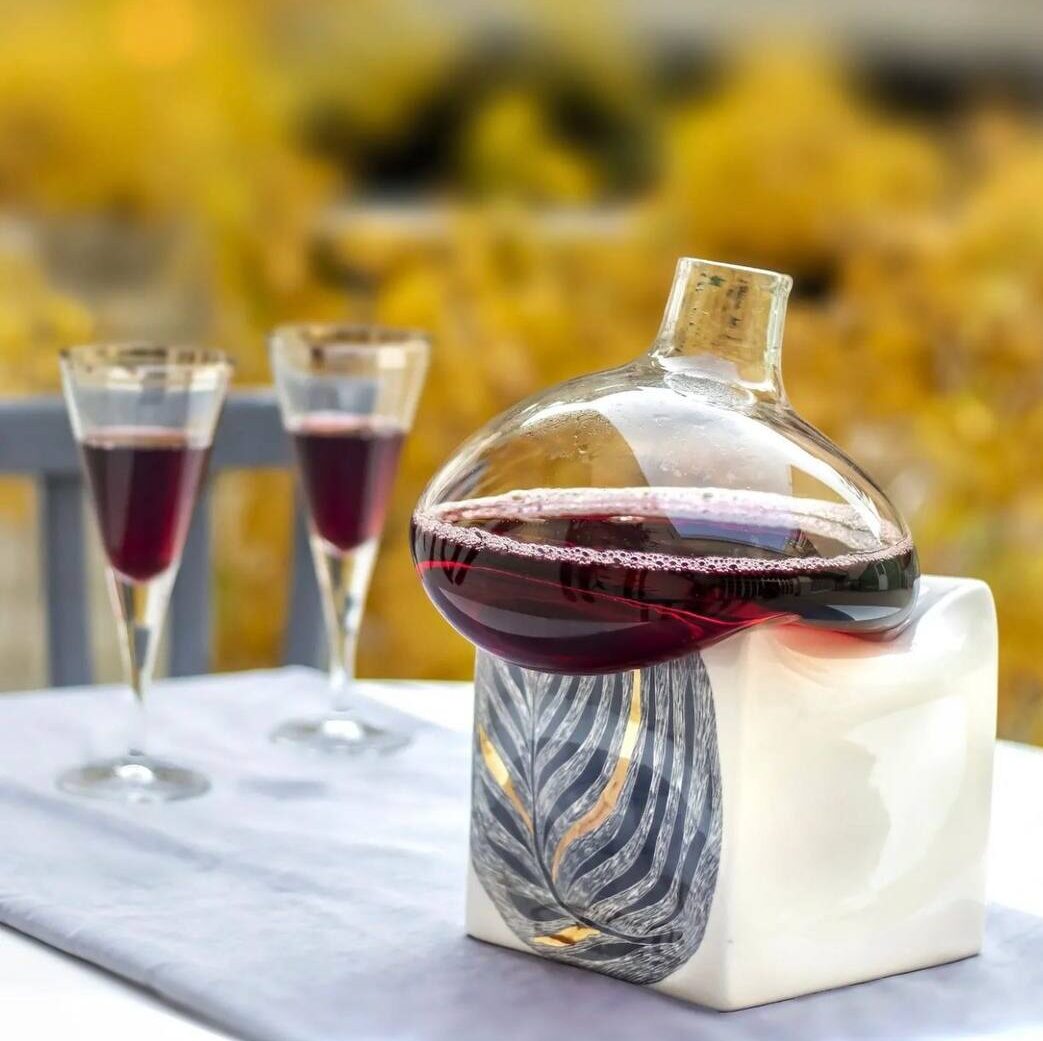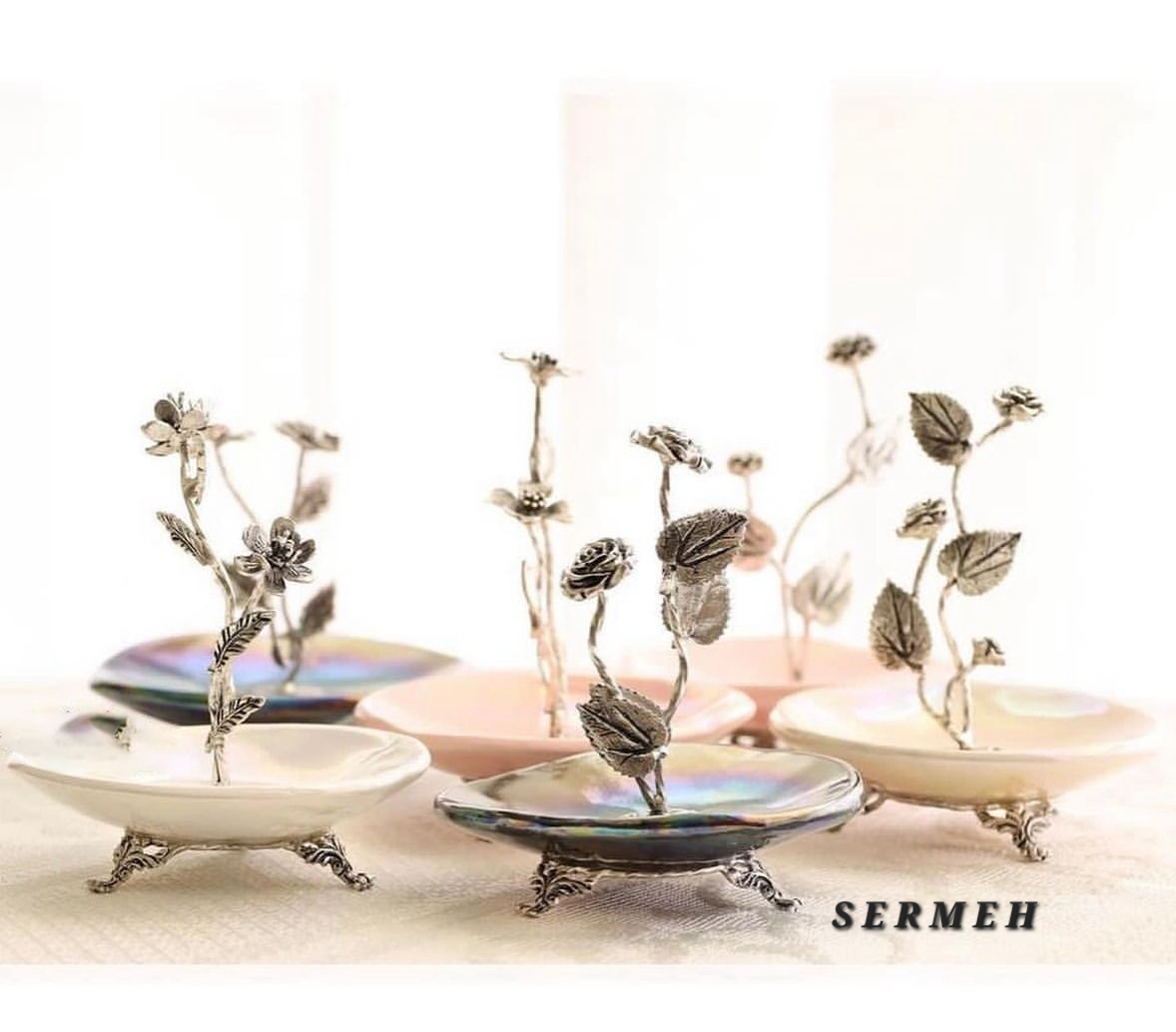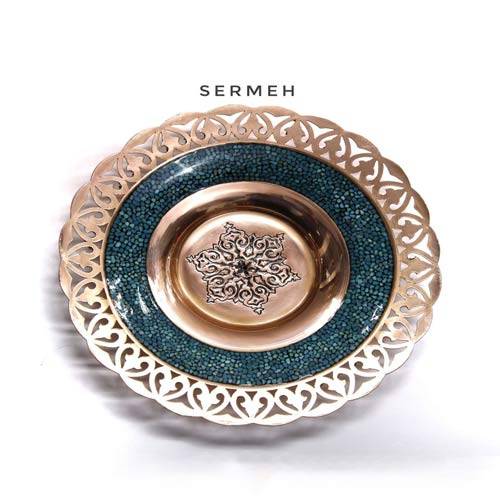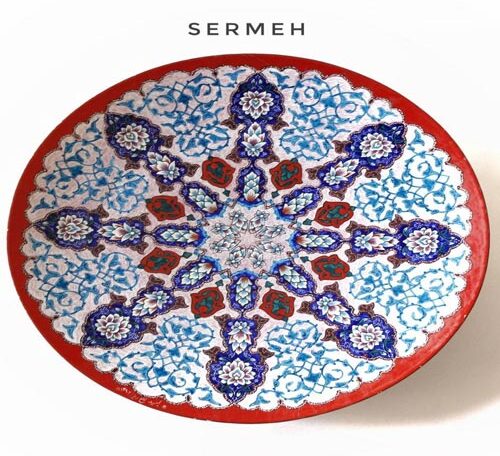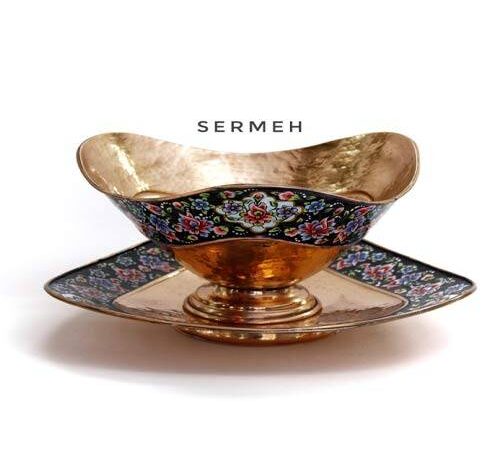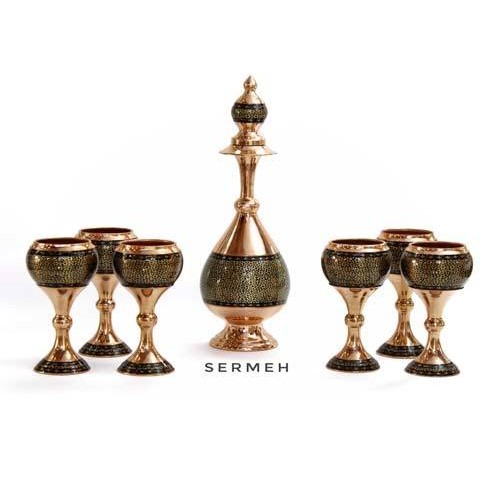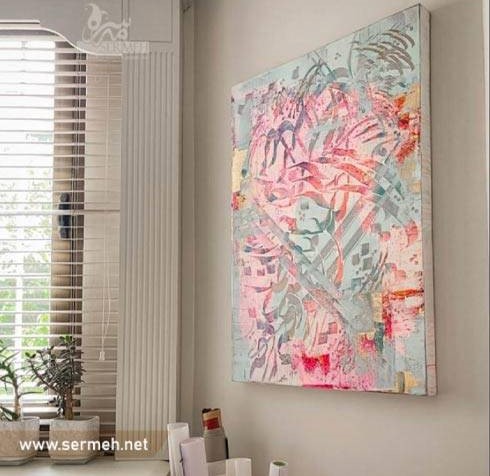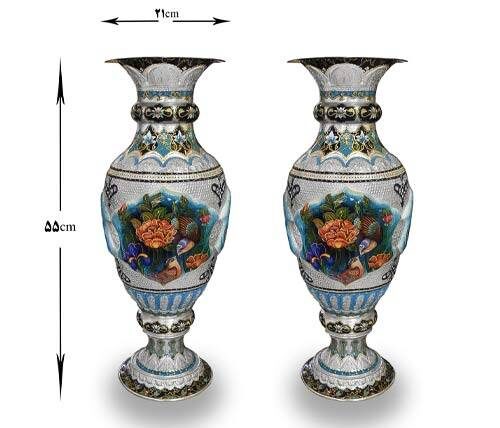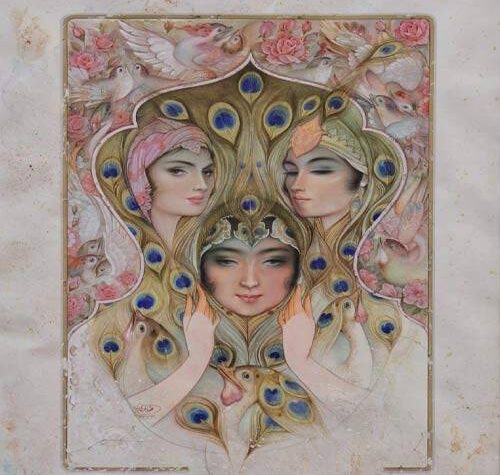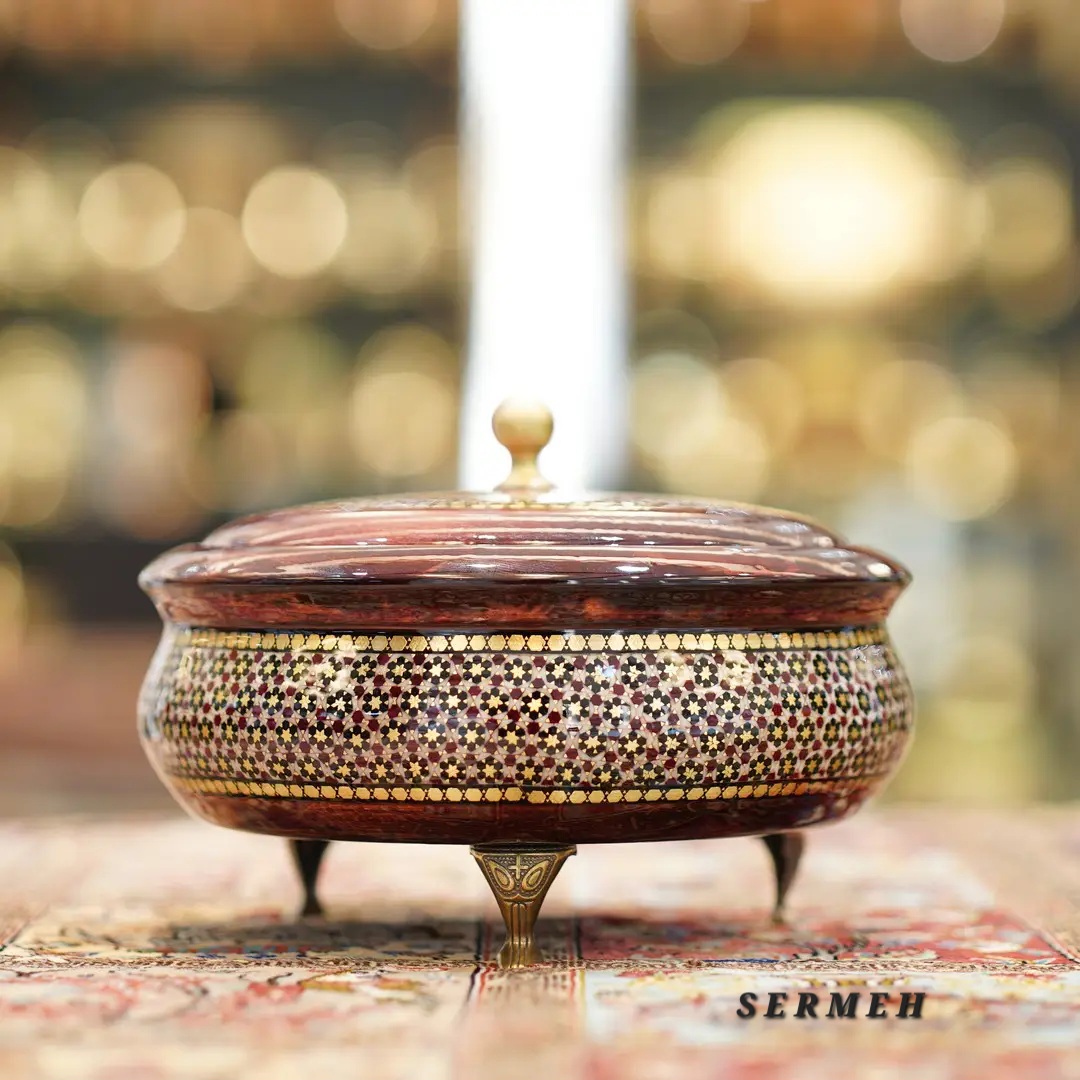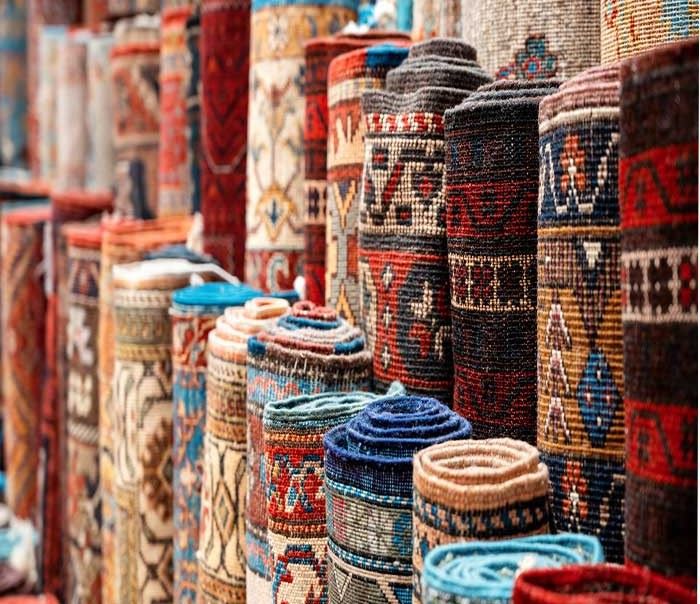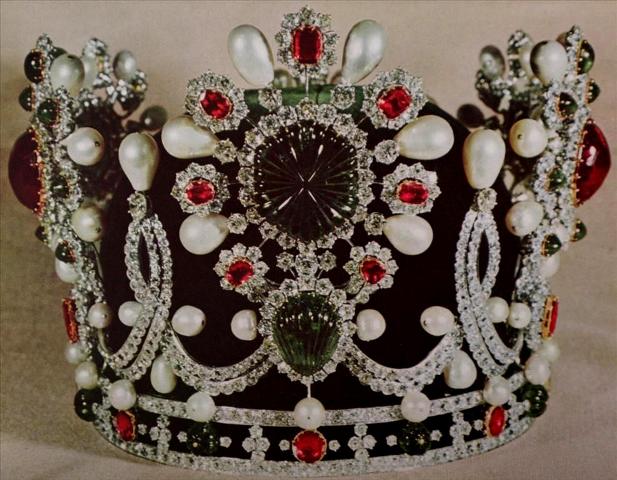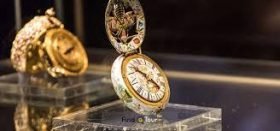Iran Jewels Museum
The ” National Jewels Treasury ” treasure is a collection of the most expensive jewelry in the world that has been available for centuries and ages. The importance of jewelry in the “National Jewels Treasury” is not limited to its economic value, but it reflects the taste of Iranian craftsmen and artists in different periods of history and as a historical heritage, art, is the representative of the vast arts of IRAN.
Iranian Jewels, for the rulers throughout the history of the decree, have been decorated and often show the glory of the court, but it is also considered the backbone of the power and treasury of the country.
Until the Persian Safavid period, the kings of Iran were not involved in collecting and preserving jewels and ornamental gems. During the Safavid period, the kings began to buy collect, and preserve existing and purchased jewels by sending ambassadors to neighboring countries.
After the Afghan invasion of Iran, some of these jewels were sent to Afghanistan, and with the rare efforts of Nader Shah a large part of them were returned to Iran.
Nader Shah Afshar sent several letters to the King of India to retrieve some of the jewels sent to India, but when he did not respond, he sent his troops to India. The rare races made the Indian king give many gifts and jewelry to the rare ones. A large part of the rare gifts and riches collected from India never came to Iran.
After returning to Iran, Nader, in the form of that day, provided some of the spoils and gifts to the rulers, emirs and kings of the countries and districts around Iran, granted some of the spoils to the province of Imam Reza (AS) and another part to the troops. Following the assassination of Nader, one of his principals, Ahmad Beyg Afghan Abdali, plundered treasury jewels, and part of the jewelry, including Diamond Mountain Light, which later (possibly topped) to the Queen of the United Kingdom, was never returned to Iran.
During the Qajar period, jewels were collected and part of them were mounted on the Kayhani crown, and the jewelry glove and the rare bed were ridden and restored and kept in the palace of Golestan.
With the arrival of Reza Shah Pahlavi, royal jewelry was transferred to the basement of the marble palace in 1316 and after the completion of the construction of the National Bank of Iran, most of these Iranian Jewels were handed over to the National Bank Museum and backed up by banknotes. Later, the jewelry was bailed out by the government as collateral for debt. The new central bank’s Treasury is under construction in the Abbas Abad hills of Tehran.
This treasury is located in the Central Bank of Iran and is also used as a museum. Many Iranian Jewels from the Safavid period, Afshar period, Qajar, and Pahlavi have been featured in this museum. Among them, you can find the diamond of the Sea of Light, Jade Narayeri, Farah Pahlavi crown, Taj Kiani, and Qajar Peak Tent (sun bed).
*Buy online Persian jewelry*
Closets and some famous pieces in Iran Jewelry Museum
Jewelry and pieces in the National Jewels Treasury are classified in 36 closets. The contents of these closets are very diverse and consist mainly of various types of decorative jewelry, crowns and collars, plugs, pots, food caps, hookahs, mirrors, enamel sticks, candlesticks, turquoises, swords, knuckles, shields, Watches, pens, snuff-boxes, objects decorated with icons and pearl, rifles, crutches, medals, beds, pins and pins, pearls and …
Light sea:
Perhaps this diamond is among the national jewels in Iran. These famous diamonds and diamond-shaped mountains of light, apparently due to the name’s affinity, are continuously a couple, while they do not share the same colour.
Both gems were rare from the king, but after the death of Nader Shah, Diamond Diamond Mountain Light was taken to Afghanistan by Ahmad Shah Durrani. Later in India, she was presented to Queen Victoria by the East India Company. This jewel is now in the crown of Queen Elizabeth, the current Queen of England.
The diamond of the Sea of Light, after the slaughter of Nader Shah, reached his granddaughter, Shahrokh Mirza, and then went to the hands of Amir al-Khan Khuzimah and later to Lotf Ali Khan Zand. When Lotfali Khan was defeated by Mr.
Mohammad Khan Qajar, the jewel was transferred to the treasury of Qajar jewels. This gem is 182 grams and its color is pink. In the year 1344, when investigating the national jewels by Canadian scientists, a very interesting point was discovered about this jewel:
Tavernier, a well-known French geographer and painter, speaks of 242 pounds of pink diamonds in his book, pointing out that in 1642, it was seen on the east, and it describes the map and its dimensions in the book. It’s called Grand Table Diamante (Diamond or Diamond). The colour and shape of this diamond attracted the attention of Canadian scientists and they believed that the diamond of the sea of light and Neuralein was essentially a piece of diamond and later it was divided into two parts, the big piece of which was called the light sea, and the small piece, which weighed 60 The bullet is called Neuralein and is now located in the middle of the crown No. 2 of the closet 26.
Pahlavi crown
This crown, made in the form of the crown of Sassanid kings, was used by Reza Khan and Mohammad Reza Pahlavi. This crown is made of gold and silver, adorned with diamonds, large emeralds, sapphires, and scallops. The crocheted hat is a red velvet.
The crown that used to be at the coronations of the Qajar era was a Kayani crown, but Reza Khan Pahlavi did not want to use it in the coronation.
Hence, in the year 1304, a group of Iranian jewelry, under the supervision of Serajedin Javaheri, The famous Caucasian scholar and jeweller of Amir Bukhara, who emigrated from Russia to Iran, built a crown from selected gems, and Reza Khan and Mohammad Reza Pahlavi used it for coronation.
Crown of Kayani
Taj Fath Ali Shah, known as the Kayan Throne, is adorned with diamonds, emeralds, rubies and pearls. This crown was made during the time of Fath Ali Shah and was used by the Qajar kings. This crown is the first crown built after the Sassanid kingdom. (Construction of Iran, 1212 AH.)
Peacock bed (sunbed)
Under the command of Fath Ali Shah in 1216 AH, a magnificent and magnificent bed for the sake of Nizam al-Dawlah Mohammad Hussein Khan Sadr Esfahani, the governor of Isfahan, was built with jewelry and gold in the treasury, and on the occasion of the role of the sunset at the top of the throne, called the Sun’s Bed Became famous.

The bed was kept until the year 1360 at the Golestan Palace Hall. On 17/6/1360, he was transferred to the Jewish Treasury of the Central Bank of the Islamic Republic of Iran, always keeping in mind the coincidence of this bed with jewels in the treasury (the subject of the law of 1316 solar year). Every piece of jewelry that needs to be restored is repaired in an Iran jewelry museum workshop.

